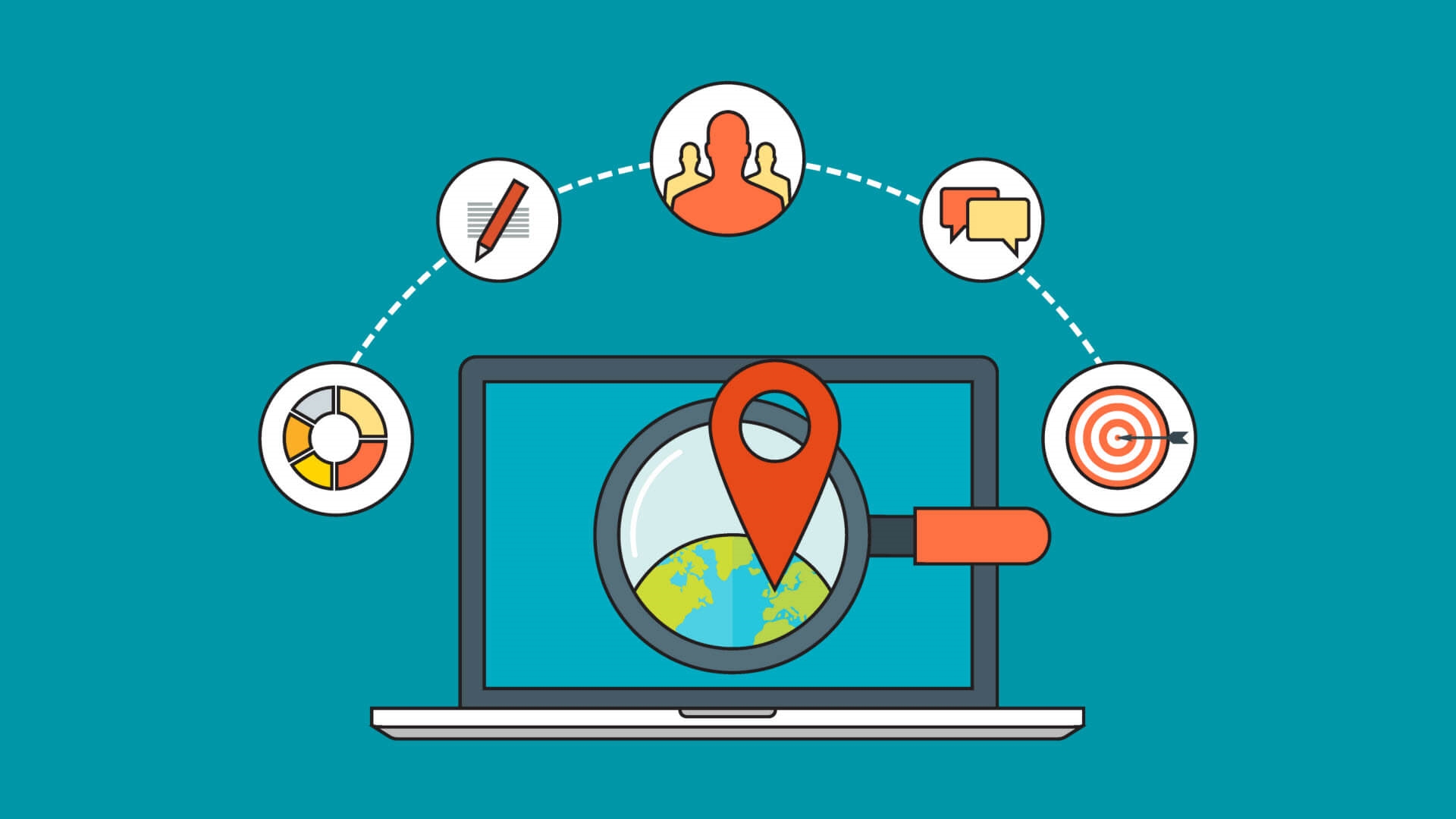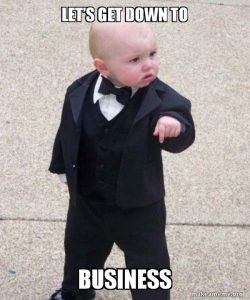Measuring reach for local events and nonprofits can be challenging. Columnist Megan Hannay dives into metrics such as social media following and event attendees to get a better grasp of the whole picture.
 Local events and nonprofits are a fragmented channel. Each metro area has its own fingerprint, which leads to diverse partnerships and content opportunities. But when it comes to measurement, a standard for local reach is difficult to maintain.
Local events and nonprofits are a fragmented channel. Each metro area has its own fingerprint, which leads to diverse partnerships and content opportunities. But when it comes to measurement, a standard for local reach is difficult to maintain.
When we started local sponsorship programs at our company, we used website metrics, such as Moz’s Domain Authority (DA), to evaluate each partnership. But evaluation of website authority doesn’t cover the whole picture of a local entity. There’s more to reach than a search engine’s perception of a website.
Over the past few months, we’ve developed an algorithm that measures website authority, in addition to other social and real-world metrics. In this article, I’ll go through some of our findings.
Finding reach ‘next door’
We incorporated metrics such as social media following, email newsletter subscribers and event attendees (yes, real-world metrics!). These numbers show a bigger picture of a local event or organization’s authority.
Maybe an organization’s web resources are low, but they have a passionate Facebook following. Or maybe their newsletter rocks it. These numbers help, but they’re still difficult to view in aggregate because location matters as well.
Just as it doesn’t make sense to compare an influencer in the beauty space to an influencer among vintage Batman figurine collectors, comparing reach in a city of 7 million to reach in a small town won’t give us a clear understanding of an organization.
For the research, we looked at local organizations in Houston, Boston, Raleigh-Durham and Chicago. We evaluated more than 1,000 local organizations in each city, across a variety of mission categories.
Social media reach versus website authority
Social media reach lets us know if an organization is reaching a passionate, local audience beyond its staff, volunteers, friends and family. For reach score, we tapped into the Facebook and Twitter APIs to calculate the following of each local organization.
We found that the median Facebook following for Boston was around 1,600 people; for the other three cities, it was around 1,400. The Twitter counts were more diverse — with Houston (median 503), Chicago (median 649) and Raleigh-Durham (median 863) still significantly lower than Boston (median 1,183). Boston’s population is significantly smaller than Chicago’s or Houston’s, indicating that Beantown is more philanthropically minded — with their social media activity, anyway.
Sometimes a high reach score alongside low website authority translates to a passionate online following. This is the case with many local sports teams, including youth and adult sports clubs.
Conroe Roller Derby (disclosure: a ZipSprout partner), based in a Houston suburb, is one such team. The organization’s website has an older design, with a lower-than-average DA. But the team’s Facebook page has more than 1,400 followers — the median follower count for a Houston organization — and its event postings receive decent engagement. In this case, the Conroe Roller Derby’s 32 reach score reflects the team’s passionate local following better than its website.
An organization’s focus can also affect its social following. For example, animal shelters across the board have a median of around 5,000 Facebook followers — much higher than any city’s median — but their median Twitter following is around 300, and most local animal shelters have moderate website authority. I have a feeling their social popularity has to do with the virality of cute puppy and kitten photos on Facebook; some orgs have content that’s more appealing to a wide audience.
But these social stats aren’t all-encompassing. Some local entities are attached to a larger local or national parent organization with a wider reach. In some cases, this can be a great thing — a wider audience for brand messaging.
But if the audience is not deeply connected with the organization, then an organization with a lower, more passionate reach may make for a better partnership. All this is to say that contrasting any two local organizations is more complicated than an apples-to-apples comparison, but more metrics can provide more context.
Email newsletter following
With Facebook (and now, even Twitter) algorithms favoring certain accounts over others, email is one of the few purely organic marketing channels left. Many organizations clearly prioritize email over other media, so we take e-newsletter following into account with reach score. Events that require payment, such as Chicago’s Sly Fox Half Marathon (disclosure: a ZipSprout partner), are set up to gather email addresses alongside registration.
There may also be topics or demographics that lend themselves best to email marketing. Chicago’s Winnetka Antique Show (disclosure: a ZipSprout partner) has a large email subscriber base, compared to its website authority or social following. I won’t spend too much time in conjecture here, but it may be that Facebook and Twitter lose out to sites like Pinterest in the “home furnishings” category, meaning email is the way to go for local marketing.
Event attendance
It’s OK to be a digital marketer that uses offline channels for measurement. Many, many local organizations fundraise around events: galas, parades, festivals, park days and more.
When possible, we incorporate event attendance into reach score because it adds more scope to the idea of “audience.” Whether or not you’re able to attend the event, the in-person audience size can be an important factor for reach. Raleigh’s Justice Theatre Project (disclosure: a ZipSprout partner) has an average Facebook following for the region (1,835), but sponsors are recognized in front of the theater’s 8,000 annual patrons.
The crux of local: Location matters
We created reach score as a relative ranking; it’s possible to go down if someone else goes up. But we also realized that certain locations have more natural reach than others.
Local sponsorships in New York City and Los Angeles are more expensive, but they’re viewed by wider audiences. National comparisons would polarize reach score into cities versus rural areas, and they wouldn’t give a clear understanding for any one organization.
So, the reach score we created hinges on location. I can see an argument for creating a score based on category; as mentioned above, animal shelters market themselves differently from local theaters. But for us, understanding each local entity as it fits into its community is essential.
Opinions expressed in this article are those of the guest author and not necessarily Marketing Land. Staff authors are listed here.
Marketing Land – Internet Marketing News, Strategies & Tips
(52)
Report Post






